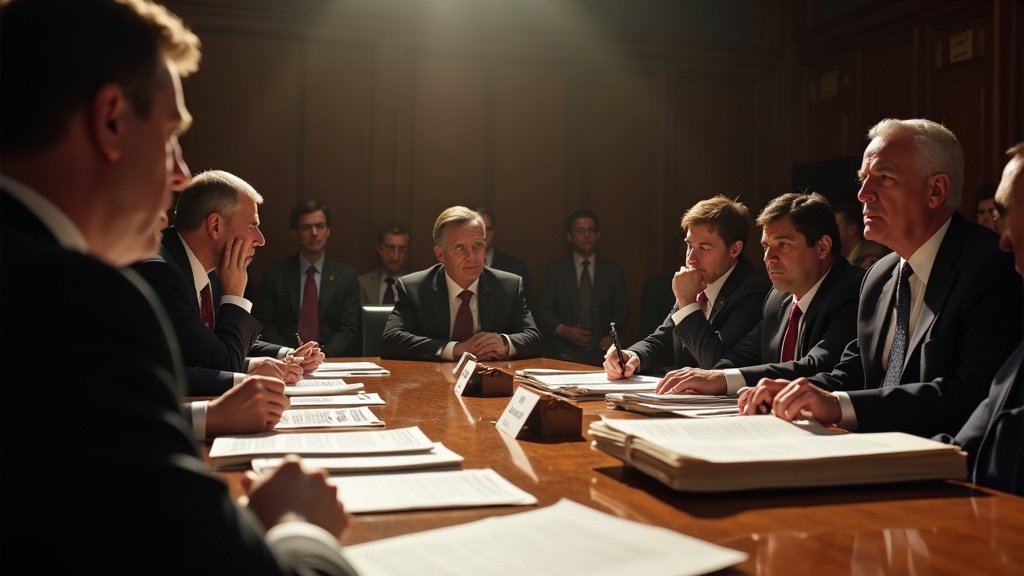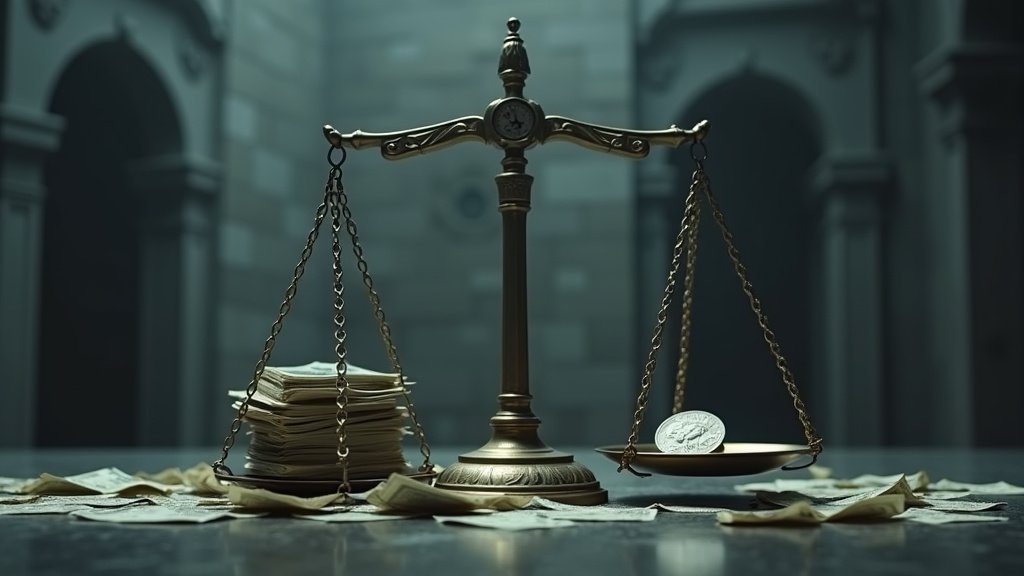Los Angeles is once again facing significant delays in its ambitious exploration of replacing police officers with unarmed civilians for traffic enforcement, a reform initiative first proposed in 2020 that continues to inch along a bureaucratic path.
The Genesis of a Reform Idea
The prospect of reimagining traffic safety in Los Angeles gained considerable momentum in the wake of the national reckoning on racial injustice following the murder of George Floyd in 2020. Reform advocates pushed city leaders to re-evaluate the role of sworn officers in traffic enforcement, citing persistent racial disparities in stops, searches, and arrests, particularly affecting Black and brown Angelenos. The core idea was to shift traffic enforcement duties to unarmed civilian teams, a move proponents argued could foster better community relations and allow police to focus on more serious crimes. A long-delayed study by the city’s transportation department, released in draft form in May 2023, outlined how most traffic enforcement could potentially be handled by civilian workers, provided it was coupled with major infrastructure upgrades to enhance road safety.
Roadblocks and Lingering Delays
Despite initial optimism and a foundational study, the path forward has been fraught with significant setbacks. In June 2024, the Los Angeles City Council voted 13-0 to direct city transportation staff and other departments to produce feasibility reports on various proposals, including unarmed civilian response teams, limiting fines in poorer communities, and ending stops for minor infractions. These reports were given a 90-day deadline. However, more than a year later, most of these crucial studies remain pending, much to the frustration of reform proponents and some city leaders.
Council President Marqueece Harris-Dawson, an early champion of the initiative, has openly expressed his disappointment with the protracted timeline. He attributed the delays, at least in part, to a “lack of motivation among some involved parties to change the status quo”. While acknowledging that blame might be shared, Harris-Dawson remains hopeful that the pending reports will be completed, paving the way for potential legislation.
The Contentious Debate: Safety vs. Disparity
The debate surrounding police-free traffic enforcement in Los Angeles is multifaceted, pitting the desire for safer streets against concerns about the effectiveness and equity of current policing methods.
Advocates for reform highlight significant racial disparities in traffic stops. Data from the Los Angeles Police Department (LAPD) has shown that Black and Latino drivers are stopped and searched at higher rates than white drivers, even though contraband, including firearms, is found less often in those searches. Critics argue that these stops, often initiated for minor equipment or moving violations (known as “pretextual stops”), can alienate communities and do not always lead to the discovery of serious crimes. They point to rising road deaths in Los Angeles as evidence that the current approach, which relies heavily on police traffic stops, is not adequately addressing safety concerns, especially for vulnerable pedestrians and cyclists.
Conversely, some law enforcement officials and experts argue that traffic stops are an indispensable tool for removing guns and drugs from the streets. They contend that during these stops, officers frequently uncover illegal weapons and illicit substances, and that reducing these stops could lead to an increase in crime. Some acknowledge that while traffic stops are crucial, they must be conducted properly and constitutionally to maintain public trust. The LAPD reported a high number of gun recoveries in recent years, underscoring the argument that traffic stops can yield significant law enforcement successes.
A Glimmer of Progress Amidst Stagnation
While the full feasibility studies are still awaited, some progress has been made. A study released in May 2023 mapped out how unarmed civilian workers could handle many traffic duties, with a recommendation to invest in “self-enforcing infrastructure” like narrower streets and dedicated bike lanes to naturally improve safety. The City Council’s June 2024 vote also included exploring limits on fines in poorer communities and ending stops for minor infractions such as expired tags, mirroring reforms seen in cities like Philadelphia and Berkeley.
The LAPD’s interim chief, Dominic Choi, has stated the department will evaluate any proposed changes and encourage officers to adapt, while also emphasizing the current value of traffic stops as tools for public safety. The feasibility reports, expected by September 2024, are anticipated to provide a clearer picture of the costs, logistics, and legal considerations involved. The ultimate decision rests on how the city council weighs the potential benefits of reform against concerns for public safety and the practicalities of implementation.
As Los Angeles navigates this complex terrain, the protracted delays highlight the challenges of enacting sweeping reforms in a large, diverse metropolis. The ongoing discussions and pending reports underscore a critical juncture for the city, as it seeks to balance public safety, community trust, and equitable enforcement practices in the evolving landscape of traffic management and policing.





